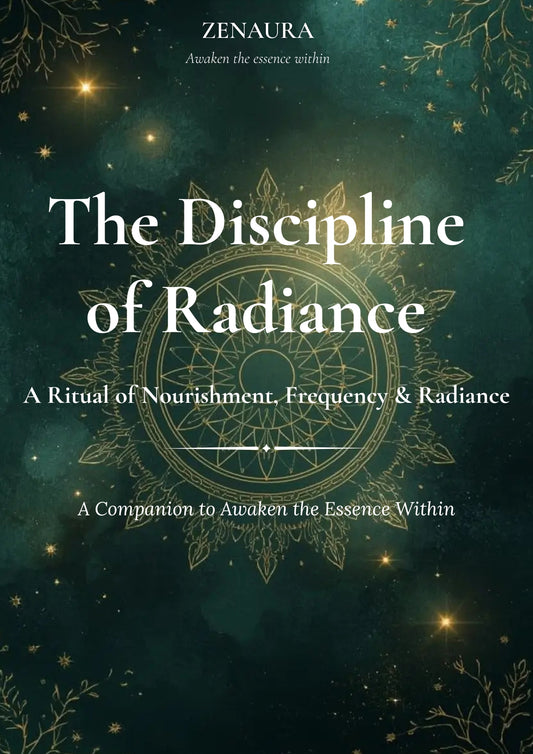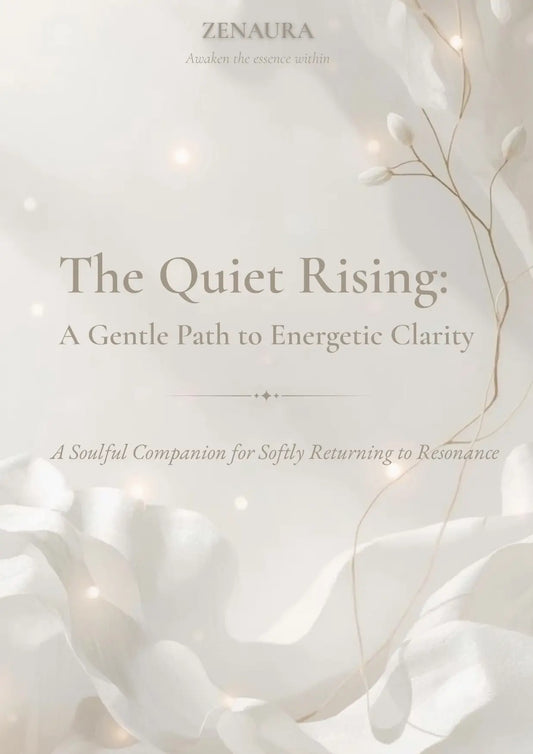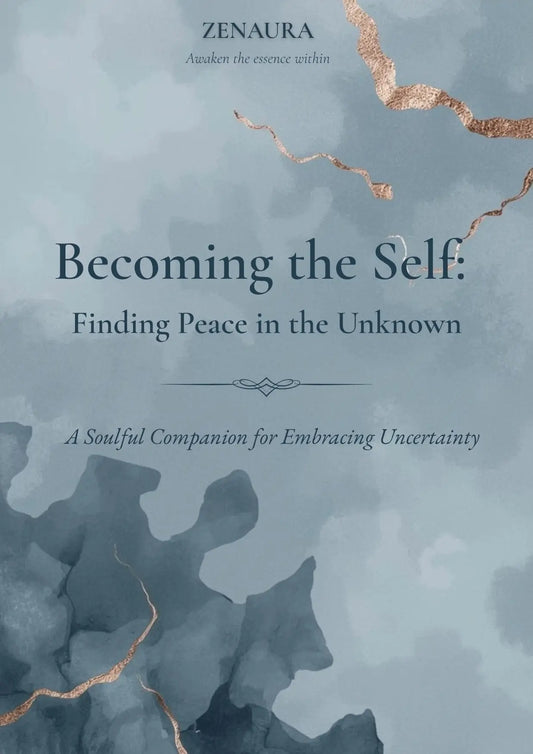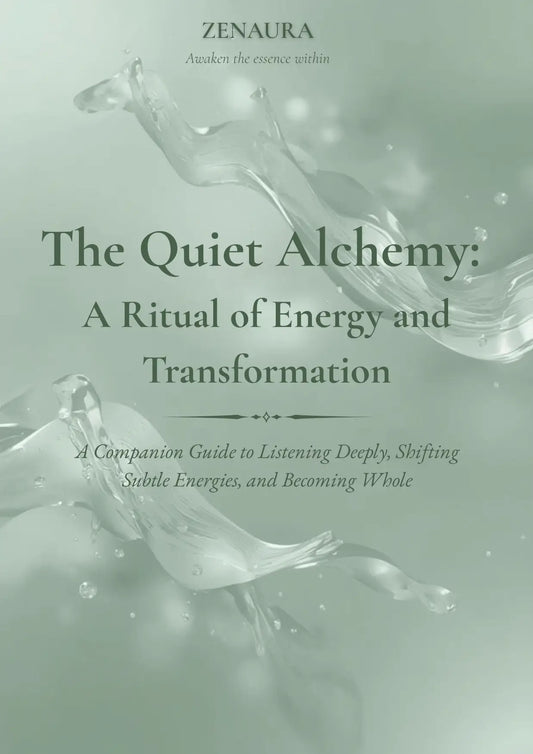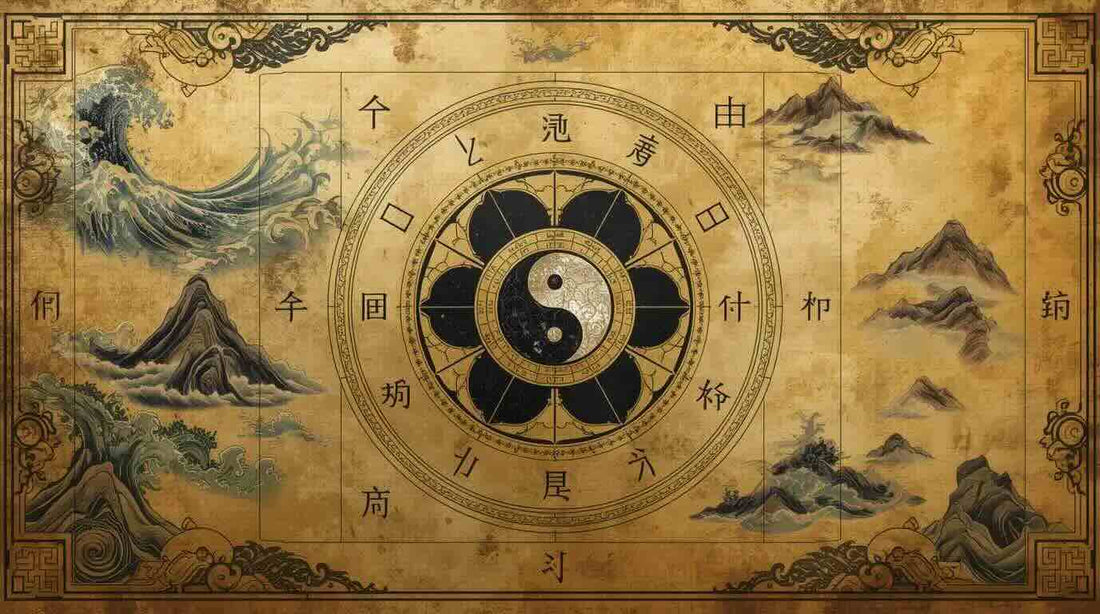
The Five Elements of Bagua: A Taoist Path to Harmony in Feng Shui
In the quiet spaces where wind brushes over water, the universe whispers its truths. Feng Shui, the ancient Chinese art of harmonising human spaces with the flow of life energy, is rooted deeply in Taoist philosophy—a philosophy that teaches living in accord with the natural rhythms of the cosmos. The Tao, the unnameable source of all movement, flows through mountains, rivers, and homes alike. It is neither forced nor restrained; it simply is.
Central to Feng Shui is the Bagua, a map that charts the invisible currents of Qi, the vital energy permeating every environment. The Bagua map for home layouts reveals the hidden energies affecting health, wealth, relationships, and personal growth. At its heart lie the Five Elements—Water, Metal, Earth, Wood, and Fire. These elements are more than symbols or materials; they are archetypal forces, expressions of the Tao manifesting in the material world.
Understanding the Five Elements in Feng Shui is not merely a matter of arranging objects or colours. It is a meditation on life’s cycles, a reflection on balance, and a guide to aligning inner and outer environments. Each element resonates with health, personality traits, and energy flow, making Feng Shui a tool for cultivating harmony within spaces as well as the life energies they contain. The balance of the Five Elements in Feng Shui reflects a journey of both interior and exterior awareness, allowing energy to move naturally and purposefully through space.
The Philosophy Behind the Five Elements
Each element in Feng Shui embodies both presence and principle. Water flows, Metal sharpens, Earth grounds, Wood grows, and Fire transforms. Taoist thought sees these forces as part of an eternal dance, where creation and destruction coexist in perpetual cycles. Understanding these cycles is essential when applying the Bagua to a home or workspace, ensuring that each element supports the whole rather than dominates it.
The productive cycle illustrates harmony: Water nourishes Wood, Wood fuels Fire, Fire creates Earth, Earth produces Metal, and Metal condenses to Water. The destructive cycle teaches moderation: Water quenches Fire, Fire melts Metal, Metal chops Wood, Wood pierces Earth, and Earth absorbs Water.
These interactions explain why each sector of a space corresponds to a specific element. The north sector aligns with Water, reflecting winter’s introspection and the flow of career energy, while the south aligns with Fire, symbolising summer, visibility, and reputation. East and southeast correspond to Wood, reflecting spring, growth, and vitality, while the centre and southwest align with Earth, anchoring energy and relationships. The west and northwest correspond to Metal, representing clarity, discipline, and structure.
Understanding these principles allows Feng Shui placement to harmonise spaces with natural rhythms. The Five Elements in Feng Shui are therefore living principles that guide Qi and the flow of life, rather than abstract concepts.
Water: Flow, Wisdom, and Abundance
Water is the element of flow, reflection, and abundance. It carries wisdom in its currents, patience in its stillness, and adaptability in its paths. Taoism venerates Water as the embodiment of wu wei, effortless action, and the humility that bends without breaking. In the human body, Water governs the kidneys and bladder, sustaining vitality, resilience, and balance. Psychologically, Water shapes intuition, adaptability, and emotional depth. In a space, it brings clarity, smooths the currents of life, and supports the cultivation of growth and harmony.
Feng Shui expresses Water through fountains, aquariums, mirrors, and shades of blue or black. Water positioned in the north sector encourages career energy, decision-making clarity, and emotional stability. The north reflects the introspection of winter, where energy flows quietly but purposefully, nourishing long-term intentions.
Excessive Water can create a cold or stagnant environment, leading to inertia or lack of movement. Integrating Fire accents, warm tones, or Earth-based materials can stabilise energy and restore balance. A gentle fountain or reflective surface allows Qi to circulate freely, sustaining clarity and vitality.
Water energy reminds that abundance is not seized, but allowed to flow. Positioned thoughtfully within the Bagua, Water aligns the unseen currents of Qi with natural rhythms, supporting vitality, clarity, and growth.
Metal: Precision, Clarity, and Strength
Metal embodies clarity, precision, and resilience. It reflects understanding, structures thought, and sharpens intention. In Taoist philosophy, Metal represents refinement and discipline—the intelligence that distils chaos into order. Metal governs the lungs and large intestine, guiding purification and the release of what no longer serves life energy. Psychologically, Metal fosters focus, resilience, and ethical clarity. It shapes spaces where decisions, intention, and discipline naturally unfold.
Metal manifests in Feng Shui through metallic objects, circular shapes, and tones of white, grey, or silver. The west and northwest sectors align with Metal, enhancing creativity, organisational harmony, and leadership energy. Balanced Metal energy supports clarity of thought, decisive action, and structured flow.
Excessive Metal can create rigidity, coldness, or detachment. Introducing Wood elements, plants, or warmer tones can soften energy, inviting balance and vitality. Metal demonstrates that structure channels life rather than constraining it. Harmonised within the Bagua, Metal aligns clarity, discipline, and focus with natural rhythms.
Earth: Grounding, Stability, and Nurturing
Earth is the element of stability, grounding, and nourishment. It is the silent support beneath all movement, the centre around which life revolves. Taoism venerates Earth for its receptivity, balance, and quiet strength. Earth governs the stomach and spleen, sustaining vitality, digestion, and resilience. Psychologically, Earth nurtures patience, reliability, and a sense of security.
In Feng Shui, Earth appears through ceramics, stones, square forms, and warm tones such as beige, ochre, or soft browns. The centre and southwest sectors align with Earth, enhancing emotional stability, family harmony, and health. Balanced Earth energy provides a firm foundation, allowing growth, ambition, and creativity to unfold naturally.
Excessive Earth energy can feel heavy or stagnant, dampening Qi. Introducing Water or Wood elements reinvigorates energy while maintaining stability. Earth teaches that grounding—physically, emotionally, and spiritually—is essential to the flourishing of all other energies.
Wood: Growth, Vitality, and Creativity
Wood embodies growth, vitality, and expansion. It stretches upward, reaching for light, symbolising life, renewal, and abundance. Taoist thought values Wood for resilience—the ability to bend without breaking while striving toward higher aspirations. Wood governs the liver and gallbladder, sustaining energy flow and detoxifying the body. Psychologically, Wood nurtures ambition, creativity, decisiveness, and adaptability.
Wood manifests in Feng Shui through plants, wooden furniture, rectangular forms, and shades of green. The east and southeast areas correspond to Wood, promoting health, vitality, harmony, and abundance. Wood energy encourages growth in body, mind, and spirit, connecting internal and external life energies.
Imbalances in Wood can create restlessness, irritability, or scattered energy. Introducing Earth or Water stabilises and harmonises its influence. Wood demonstrates that flourishing requires both roots and branches; vitality flows most freely when energy is nurtured and directed in harmony with natural cycles.
Fire: Passion, Transformation, and Energy
Fire represents energy, transformation, and illumination. It inspires action, ignites vitality, and brings recognition. Taoist philosophy honours Fire as the spark of life, the force that awakens, motivates, and elevates. Fire governs the heart and small intestine, regulating circulation and vitality. Psychologically, Fire fosters courage, motivation, enthusiasm, and leadership.
Fire appears in Feng Shui through lights, candles, triangular shapes, and vibrant red, orange, or warm tones. The south sector aligns with Fire, reflecting summer energy, visibility, and reputation. Excessive Fire can overwhelm, producing restlessness or tension; Water or Earth elements temper its intensity, restoring harmony.
Fire demonstrates that energy must be directed and balanced. Its presence invigorates creativity, ambition, and recognition. Harmonised within the Bagua, Fire allows vitality to flow with intention and clarity.
Harmonising the Five Elements
The Five Elements are interdependent, forming a rhythm that mirrors the cycles of nature and life. Water nourishes Wood, Wood fuels Fire, Fire creates Earth, Earth produces Metal, and Metal condenses to Water. Imbalance arises when any element dominates or is absent. Harmonisation ensures Qi flows naturally, supporting health, personality traits, and vitality in continuous cycles.
Applying Feng Shui placement within the Bagua allows spaces to reflect balance: flowing Water in the north, vibrant Wood in the east and southeast, stabilising Earth in the centre and southwest, precise Metal in the west and northwest, and illuminating Fire in the south. This alignment nurtures physical wellbeing, emotional resilience, and the unfolding of natural potential.
| As you attune to the flow of Qi and the harmony of the Five Elements, consider exploring your own Sacred Soul Map — a gentle guide to understanding your unique energy patterns, personal rhythms, and inner alignment. |
Taoist Reflections on Space, Life, and Energy
Taoism teaches that the universe is a living flow. Spaces carry Qi, shaping behaviour, mood, and outcomes. Aligned with Taoist Feng Shui principles, the Five Elements guide awareness and intention. Water fosters reflection, Metal refines clarity, Earth stabilises, Wood encourages growth, and Fire ignites transformation. Together, they form a living system, echoing the eternal rhythm of the cosmos.
The Bagua becomes more than a layout—it is a mirror of life, a guide for attuning with natural order, and a reflection of the unseen forces that shape experience. Harmonised elements allow spaces to breathe, sustaining health, relationships, and the flow of life energy.
The Eternal Dance of the Elements
To inhabit space consciously is to participate in the eternal dance of the Five Elements. Life unfolds as a cycle of flow, structure, grounding, growth, and transformation. Harmonised energies enable spaces to reflect natural balance, vitality, and alignment.
Every object, colour, and corner can either obstruct or enhance the natural movement of Qi. When intention aligns with elemental harmony, spaces become living reflections of balance, health, and timeless wisdom. Feng Shui invites dwelling not merely in a home, but within the living currents of energy, where every choice resonates with the eternal rhythm of the universe.



